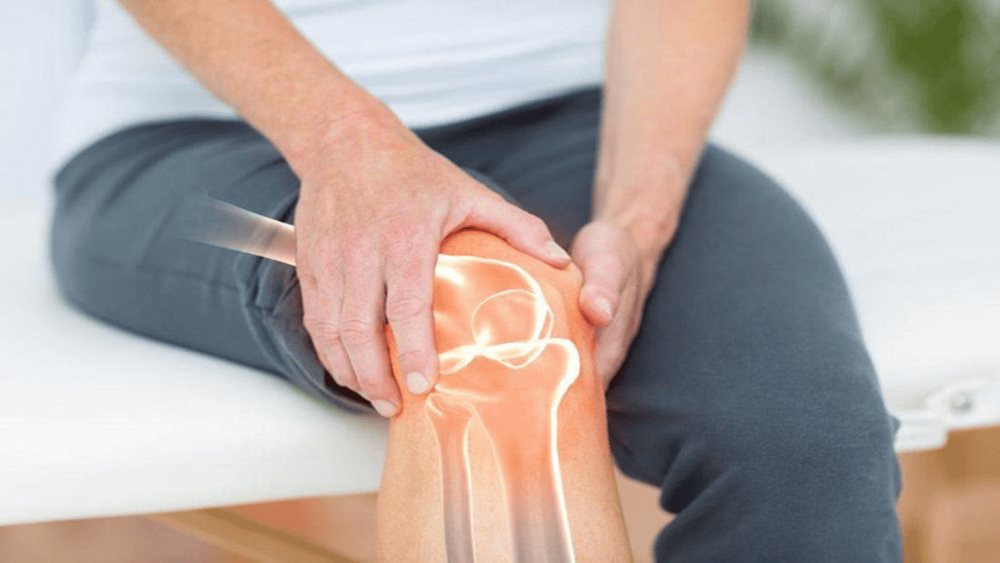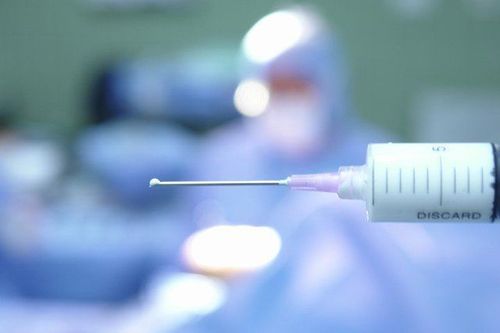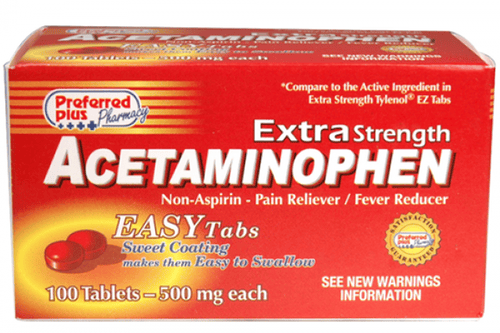This is an automatically translated article.
The article was consulted with Specialist Doctor I Nguyen Duc Thong - Anesthesiologist - General Surgery Department - Vinmec Danang International General Hospital.Nerve blockade is a great invention, helping to solve pain in many places in the body whose main source is related to nerve roots. It is widely used for post-operative analgesia, in addition to general anesthetic procedures, as well as for postoperative analgesia.
1. What is nerve block?
This is a method used to relieve pain, can be used during surgeries, performed at the same time as general anesthesia procedures and continued after successful surgery to have pain can be controlled.2. General indications and contraindications
2.1 Designation
Most patients with chronic or acute pain can be prescribed a nerve block for temporary pain relief.This pain usually originates from the spine, but it can also come from many other areas such as the neck, buttocks, legs, arms, ...
Nerve block procedure will support the cord The patient's nervous system is restored faster based on the reduction of the arousal levels. In addition, this procedure also brings a lot of useful information in the diagnostic process for specialists.
After completing the blockade and monitoring the patient's response, it is easier for the doctor to find the cause of the patient's pain.
Identify the exact source of the pain. Accurately treat painful symptoms. Prediction of response to long-term analgesic adjunctive measures. Pain relief after surgery or procedures. Some minor procedures can be numbed, eg finger surgery.

2.2 Contraindications
Absolute contraindications when: Patient refuses to perform. Presence of infection at the anesthetic site. The patient showed signs of severe hypotension. Severe mitral and aortic stenosis. Increased intracranial pressure. Bleeding disease. Relative contraindications for the following cases: Patient refuses to cooperate (may be combined with anesthesia). The patient has a blood infection. Spine deformity.3. How to conduct nerve block after surgery
The injection will be done with a syringe like a regular vaccine syringe.The doctor enters the patient's body with a drug that has been selected based on the patient's clinical condition. In addition, to increase the accuracy of this procedure, specialists will use additional necessary imaging equipment (eg, fluoroscopy or tomography - CT) helps to assist with needle guidance. Both newly introduced devices use X-rays to realistically outline the image of the vertebrae so that the doctor can determine the right position to inject the drug.
This procedure is usually done on an outpatient basis and lasts only a few short minutes.
The patient will be instructed to lie comfortably on the procedure table. Then, the doctor quickly identifies the needle point from the outside by examining the bone landmarks or using X-ray images.
Before inserting the needle into the body, the patient will be disinfected the skin, then the needle is inserted into the patient's body with a certain depth and at the same time injecting medicine in the vicinity of the nerve part. are suffering.
In most cases, multiple injections are required, based on where the patient is experiencing pain and how widespread the treatment area is.
After the injection is complete, the patient will be asked to lie down for 15-30 minutes for the medicine to take effect. At the same time, the nurse will check and monitor the patient's condition to prevent complications and possible side effects after the injection.

4. Common side effects
Inadequate analgesia: when nerve blockade does not completely relieve the patient's pain, the treating doctor may consider continuing this method or supplementing / replacing it with other pain relief methods. . Inability or difficulty to move the affected limb. There is a feeling of heaviness in the extremities. Risk of falls: Nerve block at the thigh position can increase the risk of falls due to loss of muscle gravity. If the patient is having a thigh block to perform surgery, they should not stand on their own, but need additional support from the nurses.5. Common Complications
The patient had an infection at the injection site. Bleed. Injected into the vascular area by mistake. The blocking effect is spread to other nerves. It is possible to block the wrong nerve if the locations of the nerves are too close together. During a CT scan or with a fluorescein screen, the patient may be slightly exposed to radiation. In addition, nerve block after surgery can also leave serious complications such as paralysis or damage to the blood vessels that supply blood to the spinal cord.Some other serious complications that patients may encounter are injecting alcohol into the artery by mistake, lowering blood pressure, causing diarrhea, weakness in limbs, mistakenly poking the lungs or kidneys, ...
Nerve block no is recommended if the patient has a history of bleeding disorders or is taking anticoagulants, signs of intestinal obstruction, or uncontrolled infection.
Nerve blockade is a painless procedure and is considered a better pain relief method than other methods, especially suitable for patients who have been transferred to the hospital bed.
To ensure that no dangerous complications occur, the anesthesiologist will provide you with the necessary information and specific explanations about the risks involved, helping the blockade process go smoothly.
At Vinmec Hospital system, nerve block techniques are carried out under the guidance of ultrasound or light screen (C' arm or DSA) in combination with nerve detector, vascular doppler and other machines. Modern tracking. In particular, the procedure performed by a team of skilled and experienced doctors will bring the highest efficiency to the patient.
For examination, treatment and surgical pain relief of musculoskeletal diseases, customers can choose Vinmec International General Hospital. There is a full convergence of systems, modern medical equipment of standard standards, there are many methods of pain relief, minimizing complications for patients. Especially with a team of highly qualified and well-trained doctors and nurses, they will surely satisfy customers.
Please dial HOTLINE for more information or register for an appointment HERE. Download MyVinmec app to make appointments faster and to manage your bookings easily.














